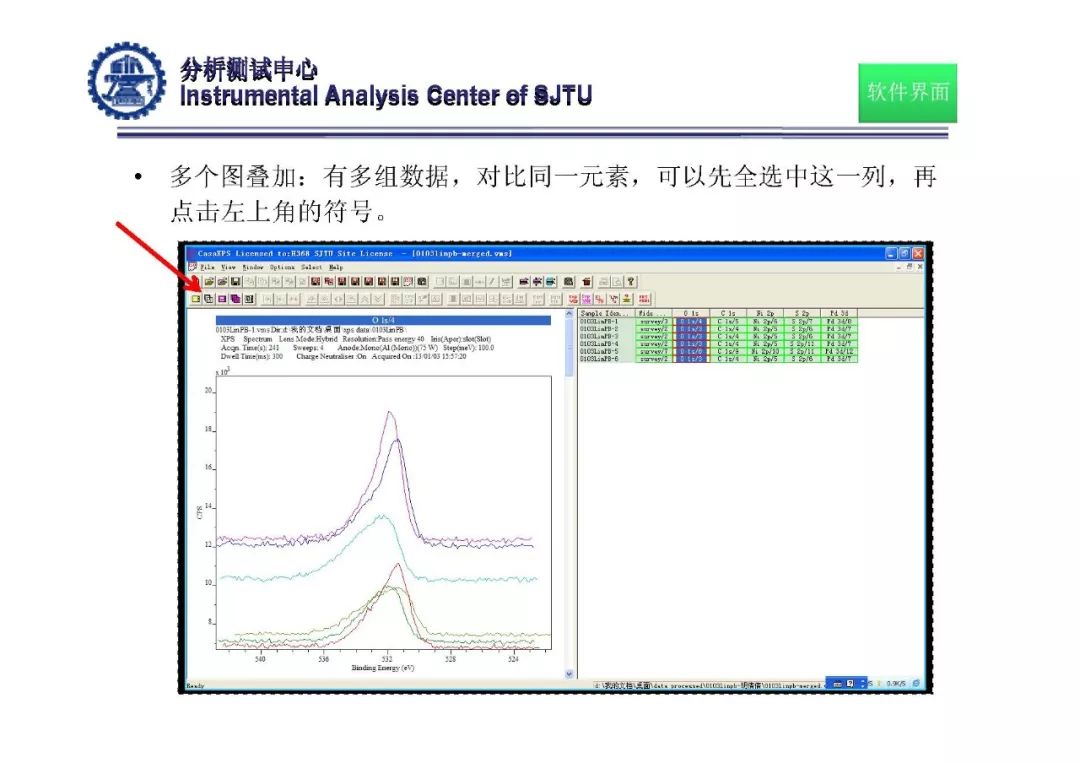
The other thing is that for those using CasaXPS, all these things described here may sound more familiar, simply because I have no experience with other software and some terms used here might be limited to this software. Obviously, this procedure is just a simplification of the encounter with XPS data and there are many delicate and narrow points to be considered in any individual case.

Although all of the points mentioned in the following are not really constrains, but including them in the “procedure” is critical and helps a lot in a clean elaboration of the data. Through a series of experiments (with XPS of Pt and carbon mainly) from which the original question came out and getting engaged with the interpretation of the results, and also using the comments I received here and keeping an eye on the literature, I could refine a sort of “procedure” according to which a reasonable processing of the data and interpretation becomes to a good extent trustworthy. I am back here just to make a sort of conclusion out of all the discussions that might be useful for all.

Kotani, Core Level Spectroscopy of Solids, CRC Press, Boca Raton, 2008. (Shimazdu EDX-7000 energy-dispersive XRF spectrometer) was run under helium. Smart, Physical Chemistry Chemical Physics, 14 (2012) 2434. XPS results were analyzed using the CASA XPS software (UIUC license). Bomben, Handbook of X-ray Photoelectron Spectroscopy, Perkin-Elmer Corp, Eden Prairie, MN, 1992.


 0 kommentar(er)
0 kommentar(er)
